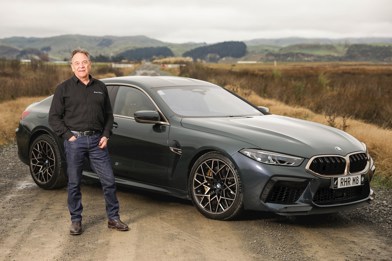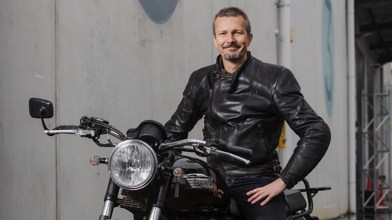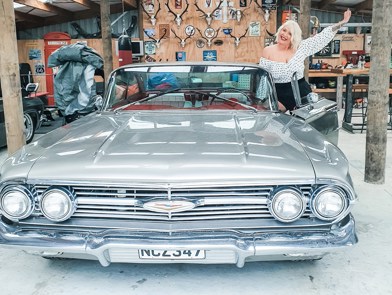It’s been 10 years since Volkswagen launched a new size-L Touareg SUV, but the new third-generation version is finally here. Well, almost here.
I’ve just driven one of two pre-production models to arrive, spearheads of a New Zealand model flow that’ll expand to more than 200 units this year once the Slovakian factory that builds the new Touareg for world markets fully ramps up in September.
That decade-sized gap between serving journalists drinks at the High-tech for the people launch of a new Touareg highlights all the new-age technologies of the coming model.
Where the cockpit of the Touareg once looked like the bridge of the Starship Enterprise with a button or a lever for absolutely everything, the new version has an emphasis on clean design that is positively Audi-like. This sanitised Bauhaus-ian design is also on display on the outside of the most expensive “people’s wagen”. There’s a good dose of the DNA of the latest Q7 visually, particularly the way the wheel arches are emphasised to enlarge the big wheels of the Touareg (19” on the base version, 20” on the S).
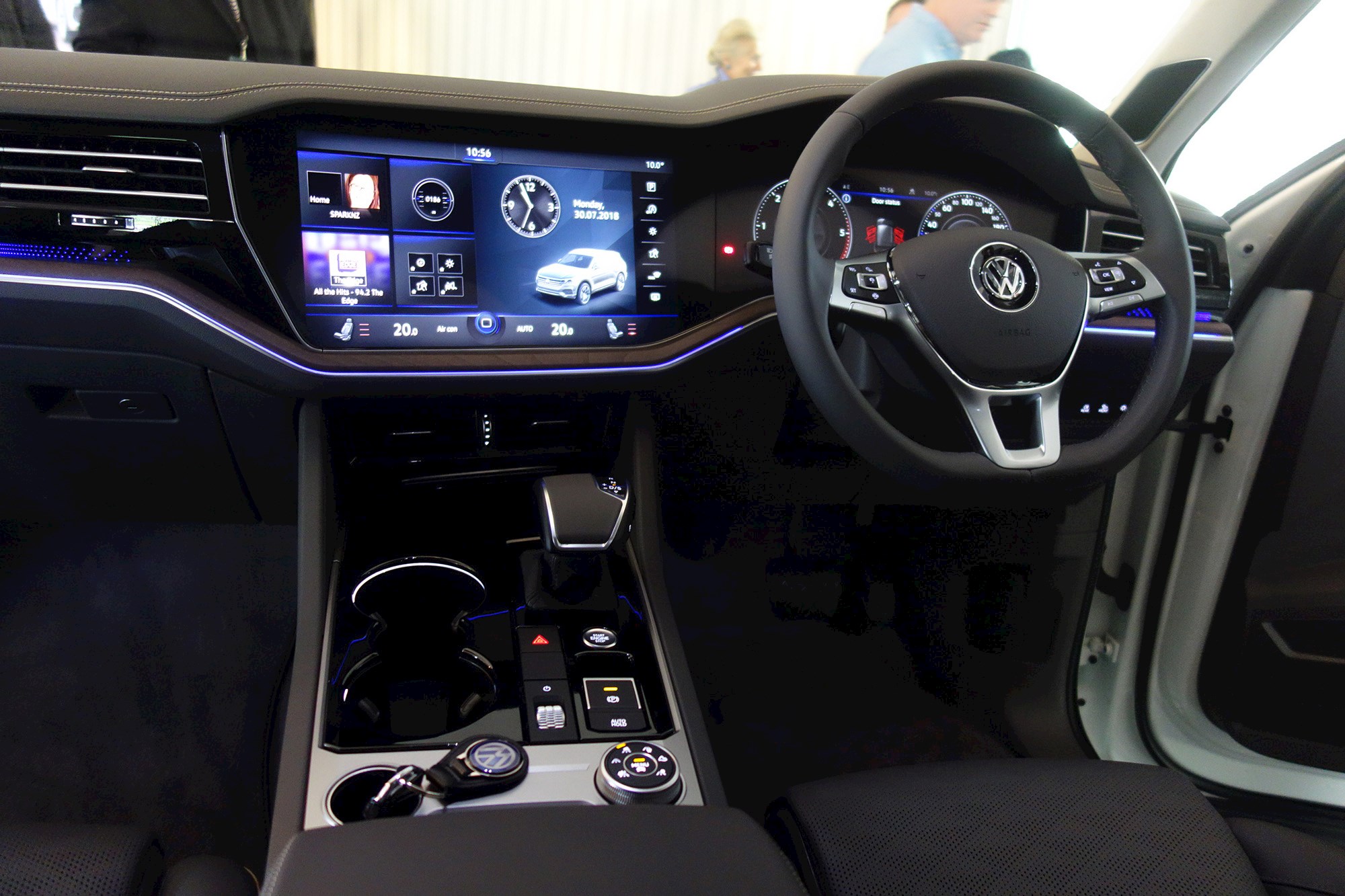
The Touareg’s sharing of a premium brand’s technology has been a feature of the biggest VW SUV since the first generation model appeared back in 2002. That’s because Volkswagen originally gave then-independent Porsche an obscene amount of money to develop and engineer a large SUV for them. That sum was so large Porsche was able to spin off its own SUV — the Cayenne — from the same programme without reaching into its own coffers .
Fast-forward 15 years and change, and Porsche is now fully integrated into the Volkswagen Group after rising to the irresistible SUV bait dangled by former group chairman Ferdinand Piech. The technology sharing has reached a new level. The new Touareg uses the same MLB platform to underpin its body structure as already proven by the Bentley Bentayga, Audi Q7, Porsche Cayenne, and Lamborghini Urus SUVs.
This new Touareg should therefore give us the prospect of buying an aspirational SUV at a more accessible price than those platform-sharing siblings because it now wears a less elitist brand. Which it does, giving a head-start in terms of price for the liberal options box-ticking required to add many of the new technologies to the model range.
When fully available later this year, the entry point to the new Touareg range will be the $92,990 charged for the 170kW/500Nm base model, driven by a 3-litre V6 turbodiesel, eight-speed automatic gearbox, and a permanent 4WD system. That’s a decent $11,000 less than the $114,000 Audi Q7 entry model. Likewise, the Touareg S, with the V6 upgraded to 210kW and 600Nm, will list for $107,990, a healthy $23,410 saving over the $131,400 Q7 equivalent.
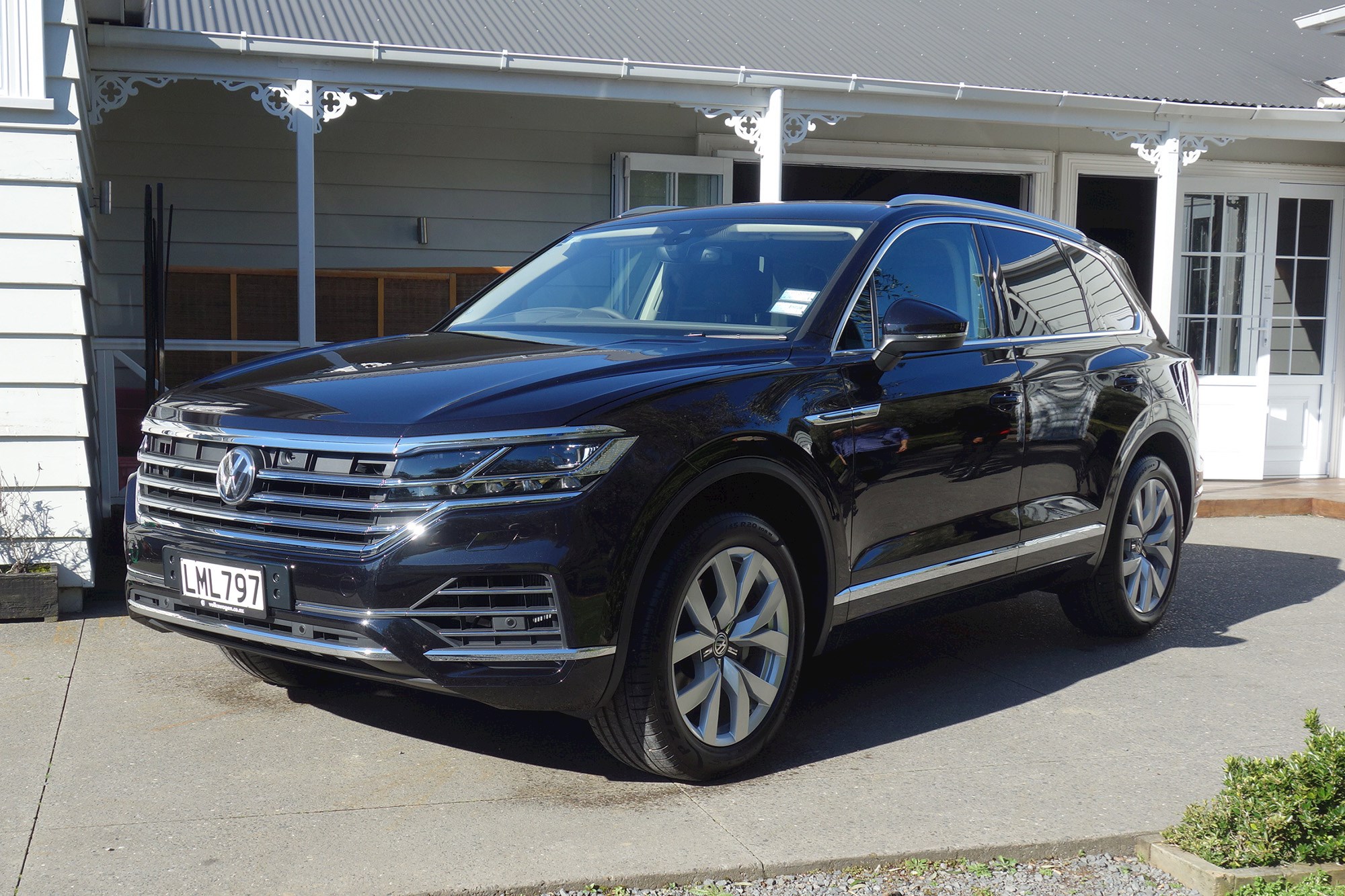
A further incentive for supporting the people’s brand is that the Touareg engines develop 10 more kW than the Audi alternatives.
The Touareg S also showcases the trump card of the new models as standard equipment — the new Innovision cockpit (a $6500 option on the base model). This places a huge 15” touchscreen centre-stage on the dashboard, with gesture control, swipeable multiple screens, and wireless charging for compatible devices. It makes the Q7’s virtual cockpit look a little underdone and low-rent.
Other advantages of the Touareg S over the base model include LED matrix headlights with round-corner illumination, and a heads-up display as standard.
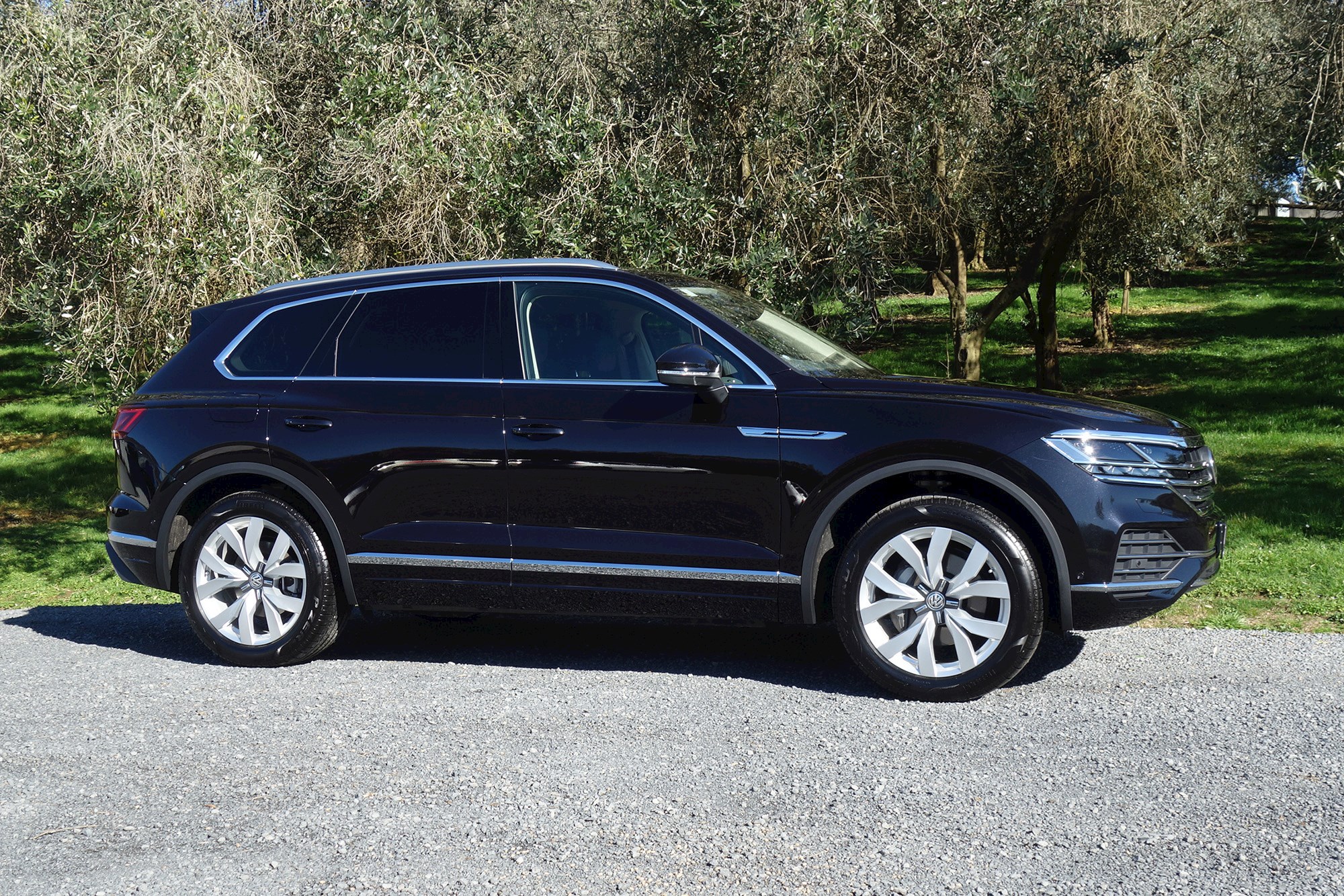
As with the Q7 range, Touareg buyers will have to spend more to equip their vehicles with hero features such as air suspension, four-wheel steering, and active stabiliser bars. Here again, it’s advantage Touareg in terms of the cost of these options.
You can add the air springs, with their ability to raise the body by 70mm for off-road use or hunker the Touareg down by 50mm for increased stability, plus the rear-wheel steering which increases steering agility, for $6000. Equipping a Q7 in this manner would cost $9000, just $1000 less than the 10 grand Volkswagen charges for these two systems plus a super-high-tech active stabiliser bar system that tightens body roll when cornering or relaxes it for better axle articulation when traversing rough terrain.
Unfortunately, the pre-production Touareg S model I drove had none of these optional chassis dynamic-enhancing features, but experience of them in other Volkswagen Group SUVs confirms they do increase active safety and driving pleasure, and are worth the extra spend.
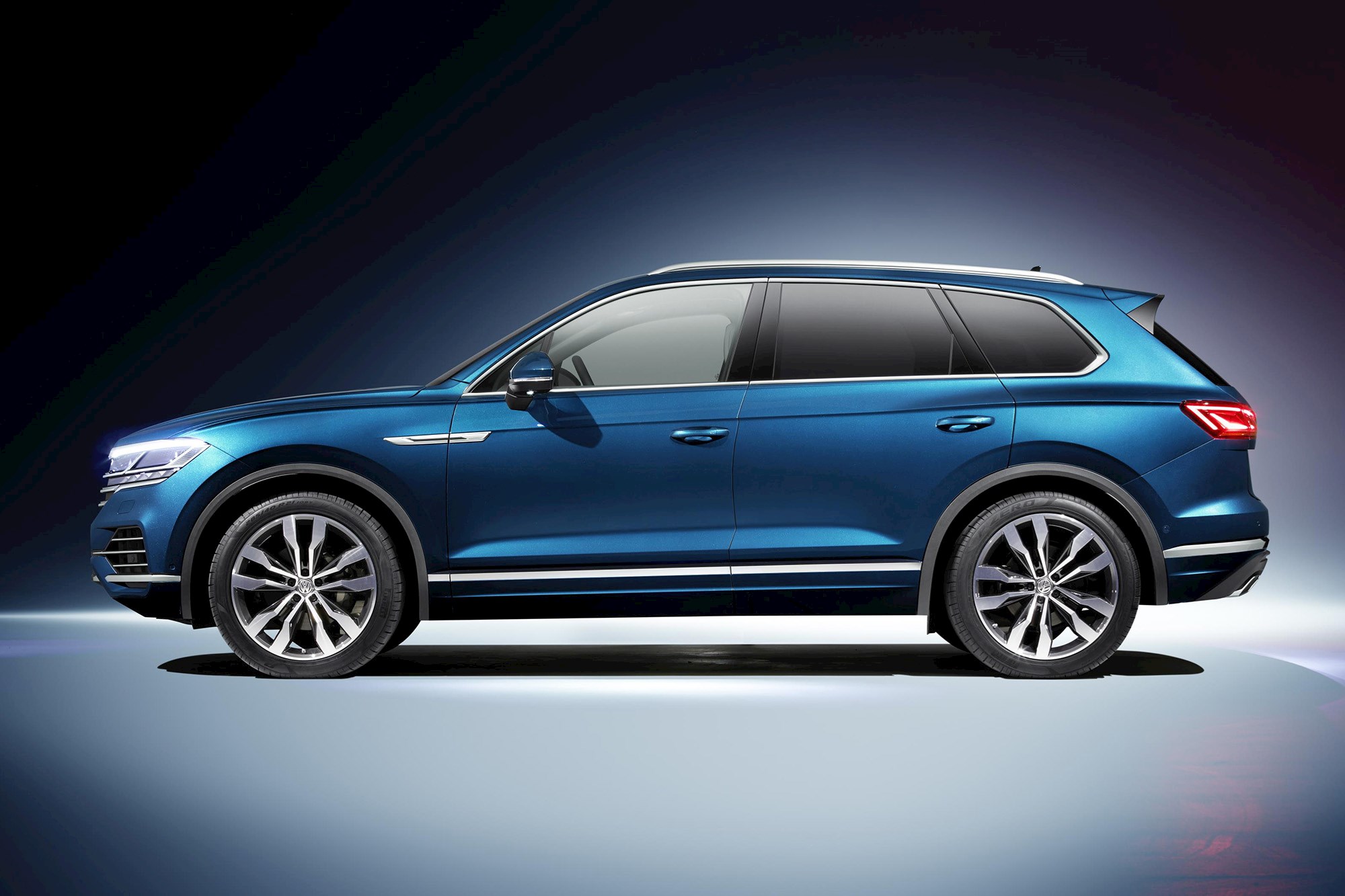
Meanwhile, the good ol’ coil springs did a good job of ironing out road imperfections in the pre-prod Touareg, and make arguably a more durable choice if you’ve serious tasks for your Touareg in mind.
Performance also impressed, as the stronger, larger Touareg is now a commendable 106kg lighter. This enables the S to sprint from rest to 100km/h in a handy 6.1 seconds, and while fuel use has yet to be confirmed in a lab test, the equivalent Q7 model evidently uses 5.9 litres/100km in combined city/highway driving simulations. A 4-litre V8 turbo-diesel-powered Touareg model will follow the V6 versions to market, priced at between $135,000 and $140,000 to offer a VW-badged alternative to the $177,400 Audi SQ7.







